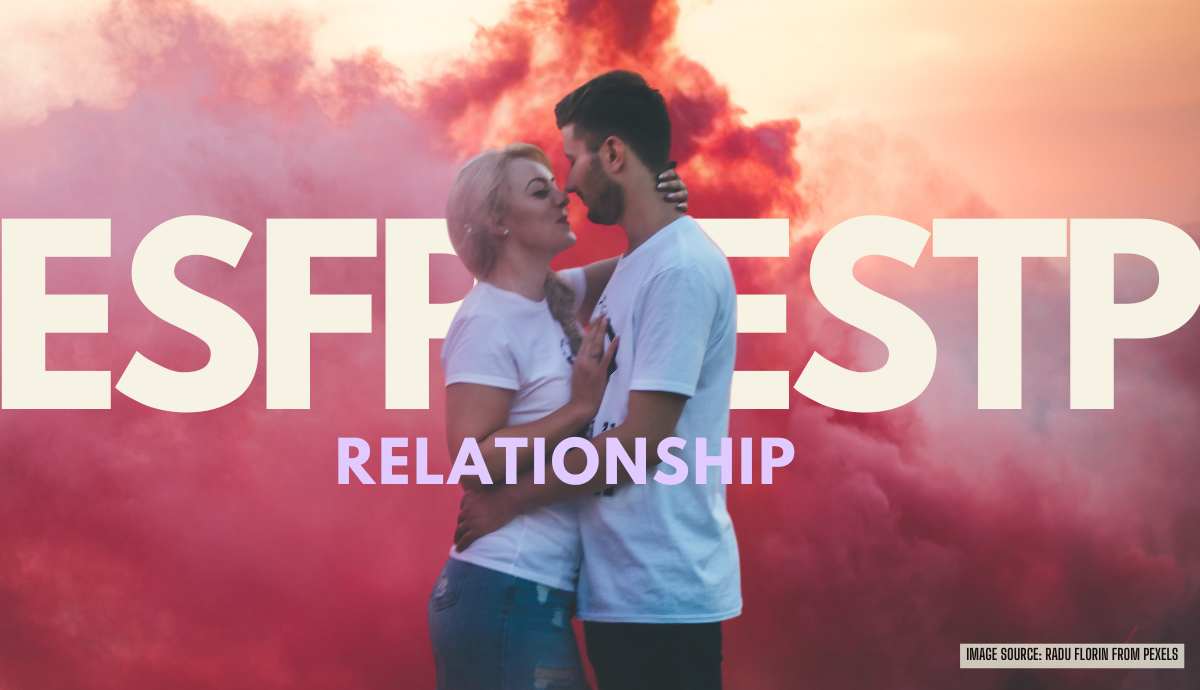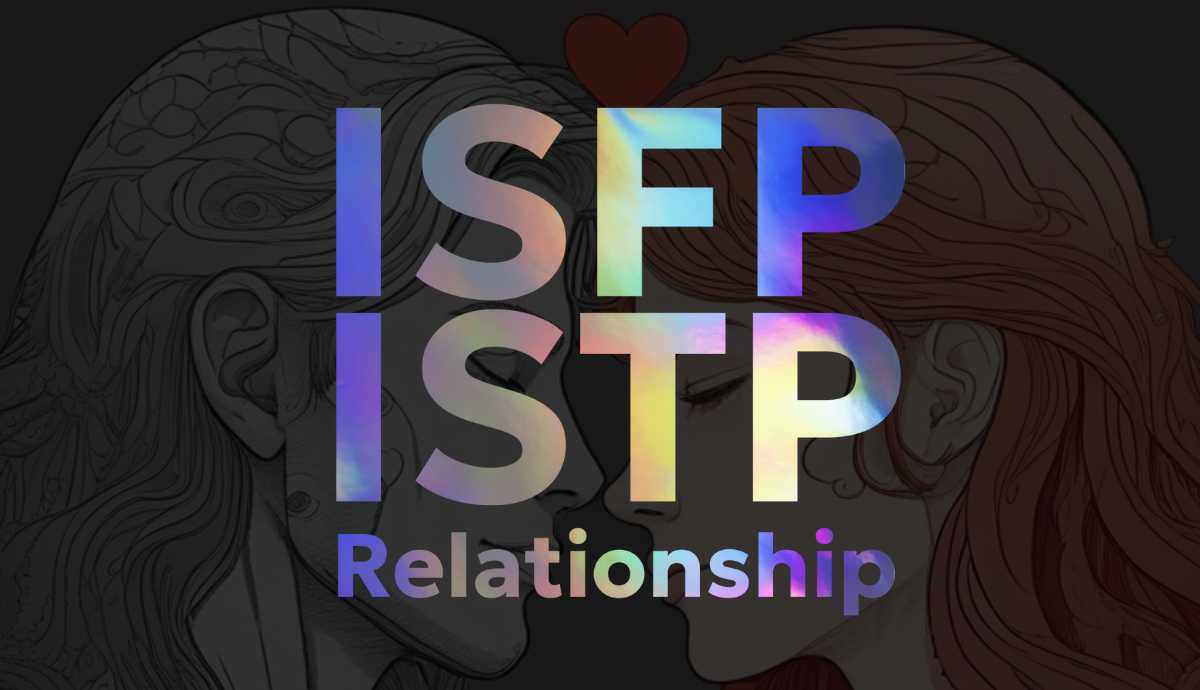Although virtually everyone has imagination, some people engage theirs more than others. Some people think big while others think small. Here is a look at how imaginative you are based on MBTI type.
INFP
INFPs are highly imaginative and what they envision is often inspired by a feeling or emotion, especially that of sorrow. For INFPs, their imagination is often both a form of therapy and a necessary escape from the real world. INFPs are very impressionistic and abstract in their thinking. They can make intriguing connections that don’t make sense but feel right. They are excellent at translating or capturing the essence of a feeling into words or visual mediums. Furthermore, their imagination is powerful because they see everything through a unique lens that is all their own. They have the capacity to create entire worlds with made up rules that are magically rich, ingenious yet credible.
INFJ
INFJs can be very imaginative but the nature of their vision tends to be utilized more for predicting where things will lead based on the facts INFJ has available. To this extent, INFJs can be narrow in their conceptions. Still, INFJs are idealists whose visualization of what could be serves as a powerful motivator behind the goals and ambitions they’re after. INFJs have the capacity to think big but they are better able at focusing in on a specific path or line of “cause and effect” sequences that lead toward a desired or undesired outcome. INFJs are less distracted by a manifold of alternatives and possibilities that could take them down all kinds of interesting but impractical pathways.
ENFP
ENFPs are highly imaginative and excellent at communicating their conceptions to others. As extraverts, ENFP may allow themselves to have more external experiences from which they can derive more perceptional material to inform their Ne imagination. ENFPs can see many possibilities and tangents which is why they are very open minded and open-ended in their attitude. The ENFP imagination is good at finding colorful and expressive analogies to explain and illustrate concepts. Everything an ENFP observes can potentially spark their imagination and trigger a random idea or vaguely-related epiphany.
ENFJ
ENFJs exercise their imagination mostly in the service of compassion for others and their concern for the uncertain and unknowable future. ENFJs often cast their thoughts to the road that lies ahead for them and others and they visualize it with either optimism or dread. What ENFJs imagine tends to lean toward the positive more than the negative. ENFJs have strong hopes and dreams and they enjoy indulging their intuition to envision how to make their lives and the lives of others better. Furthermore, ENFJs are often wonderfully imaginative storytellers. They greatly enjoy consuming stories and exploring the metaphorical and allegorical significance and underlying meanings attached to them.
INTP
The INTP imagination is very active, conceptual and strongly underpinned by some form of logic or pattern that interests them. INTPs spend a lot of their time in their heads, but when they engage with the outside world, everything they observe is subject to being compared and contrasted with INTP’s current understandings and concepts of that thing and the things related to it both directly and indirectly. The INTP imagination can be quite robust and it serves them well when they need to solve confounding problems with no obvious solution. INTPs have a strong capacity for generating an almost endless number of possibilities to try that make sense only to the INTP because of the dots they connected in their clever mind.
INTJ
As an introverted intuitive, the INTJ spends a lot of time soaking up information and dwelling and ruminating on their impressions of it. Their imagination is wired to interpret and read in between the lines of what they observe. They seek out hidden meanings and this fuels their imagination of where things might lead or should lead. INTJs are very future-oriented and they have a strong picture in their minds about what they want for themselves and others. INTJs will often spend more time envisioning the long term rather than focus on the experience of transient moments in the here-and-now.
ENTP
The ENTP is highly inventive entirely because of their potent imagination. ENTPs have the mental agility to shift perspective and entertain many angles and possibilities. ENTP imagination is stimulated and fueled directly from their engagement with the outside world. They see connections and can identify indirect links between seemingly unrelated ideas and objects. This all thanks to the intuitive leaps of a hyper-active imagination. ENTPs like to think out loud and work their ideas out verbally through debate and discussion. They have a penchant for painting a picture with their words and going off on colorful tangents that are loosely strung together by a chain of logic that not all people will instantly grasp.
ENTJ
The ENTJ is a visionary who almost always has their sights set on the future. Their imagination is primarily used to conceptualize problems and solutions and also map out effective plans and strategies. As such a person, they have the ability to detect where the winds are blowing and make the gutsy decisions that will serve their goals. ENTJs think big but they are inclined to hone in directly on the most viable possibility rather than tread water with prolonged deliberation entertaining a wider pool of possibilities. ENTJs like to think out loud, but much of their speculations have been worked out through intuitive introspection. ENTJs are good at imagining ways to improve and make systems work better and more efficiently.
ISTJ
ISTJs are not described as being particularly imaginative since their preference for the tried-and-true approach does not call for much creativity. Furthermore, they care less about abstract concepts and favor that which is tangible and concrete. Still, ISTJs exercise their imagination in their own ways and it can show up in ways that are sometimes surprising. ISTJs have a quirky side to them on account of their inferior extraverted intuition. For ISTJs, their imagination is strongly attached to their senses and the memories that certain smells, colors and artifacts conjure up for them. When it comes to their recollections of the past, ISTJs may have very vivid imaginations but when it comes to conceptualizing abstract things, they may struggle to picture that.
ISFJ
The ISFJ is thoughtful and introspective.Like ISTJs, ISFJs don’t exhibit a highly creative imagination but one that is strongly rooted in their past experiences. They may often revisit and ponder fondly events of times past. Because of their Si (introverted sensing) preferences, the connection between those memories and the sensations attached to them may make them all the more vivid and intense. ISFJs can recall in their imagination all sorts of details that most people would easily forget. When ISFJs try to stretch their imagination to entertain different possibilities or consider something new, what they imagine may often be grossly inaccurate, exaggerated, impractical and generally nonsensical.
ESTJ
ESTJ don’t spend much time indulging their imaginations. They use a lot of external tools to visualize and communicate their ideas. ESTJs tend not to start thinking creatively until they hit a wall and the standard procedures they rely upon no longer work. ESTJs can be very humorous and witty which offers a glimpse of how abstract their thinking can be. They are good at imagining things based on their strong and detailed memories. Their imaginations tend to be devoted to memorizing things in the proper sequence and order they are meant to be remembered rather than imagining some make-believe abstract things that don’t exist.
ESFJ
ESFJs are not strongly imaginative although they do enjoy indulging stories and movies. Their primary mode is very externally focused. They tend to rely on what they already know and are familiar with so they don’t really stop to imagine much outside of that. When ESFJs try to imagine something or come up with an idea, it will almost always be unoriginal and bear a strong resemblance to something else. ESFJs are basically copycats who have a tendency to emulate the people and things they admire. It may take extra effort for them to think outside the box because for the most part their imaginations adhere to the real world exactly as they’ve experienced it.
ISFP
ISFPs are often quiet and contemplative. They have a rich inner world that is fueled by the excursions and escapades they’ve undertaken. ISFPs have no shortage of imagination and they may often fantasize about exciting experiences and what they might feel like. A lot of this imagination and feeling may get channeled into some artform such as music or fashion. Whether or not they have any artistic talents, ISFPs are very visual thinkers and are likely able to construct interesting and detailed images in their minds that incorporate colors, shapes and textures brilliantly..
ISTP
The ISTP imagination is stimulated by their experiences. ISTPs can visualize and feel their way through a rich and illustrious imagination for which they may or may not have artistic outlets for. ISTPs are good with their hands and may have a knack for creating and crafting things from scratch. They like to see and experience many delights directly but they also enjoy the vicarious experience of books and movies. ISTPs are likely to have an appetite for fiction and fantasy and their imaginations are likely epic and full of adventure. They may often envision themselves in all kinds of exciting situations whenever they are bored in real life and spruce things up by pretending they are James Bond on a grocery store mission.
ESTP
ESTPs have an adventurous imagination that also serves them in cooking up ad hoc schemes and tactics on the spot. ESTPs tend to imagine things in terms of what they want and can sometimes fail to imagine the complications and pitfalls that may come along down stream. ESTPs are very visual and they like to work with what they can see, feel and experience and for that reason, most ESTPs will no doubt prefer movies and television over books. ESTPs are likely to use their imagination primarily to fantasize about sweet success, adrenaline fueled triumphs, money and having the time of their lives.
ESFP
ESFPs have a strong imagination, and when they perform or tell a story, they can really bring it to life in such a vivid way. They are good at making things up and adding interesting details and nuances that make all the difference. ESFPs have a fun and quirky mind and it can be amazing what pours out of it. Their ability to improvise and be spontaneously creative is a clue to how potent and smart their imaginations can be. Thankfully for us, ESFPs love to show off their talents and light up a room with their amusing mirth and energy.
related posts:
- The 10 Commandments of the MBTI Types
- Here is the Story Arc for Each MBTI Type
- What Each MBTI Type Will Do When The Robots Takeover
- The Parenting Style of Each MBTI Type
- The Freudian Complex That Best Describes Each MBTI Type
- The Ideal Dog Breed For Each MBTI Type
- The MBTI Types As Super Villains

Want to know your astrology placements? You can generate your astrology chart here with our free birth chart generator tool.
- The 8 Cognitive Functions Explained - May 17, 2025
- American Presidents Ranked By Zodiac Sign - January 20, 2025
- ESTP and ESFP in love: 6 Dynamics of Their Relationship - September 4, 2024





